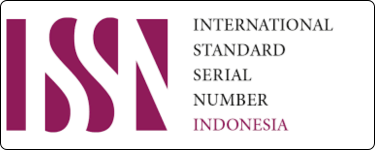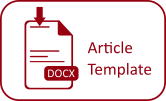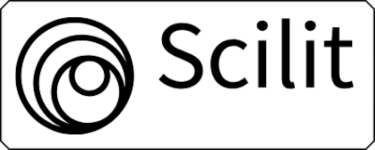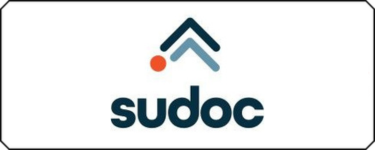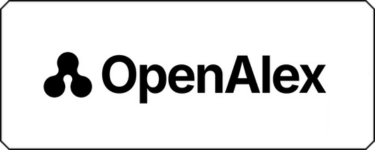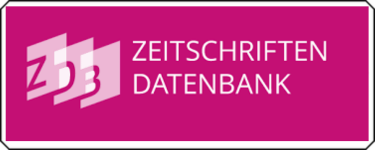Network Centric Warfare dan Perang Asimetris di Afghanistan
Keywords:
Afghan War; asymmetrical warfare; network centric warfare.Abstract
The development of information technology in the world in the last few decades has made the United States (US) develop a military doctrine based on information technology called “warfare network-centric”. When the US invades Afghanistan as part of the global war against terrorism the doctrine of “network-centric warfare” is tested to overcome the conditions of asymmetrical warfare in Afghanistan with the ability to superior information and the use of force in use that can compensate for Taliban fighting and Al-Qaeda is organized by not being hierarchically structured. In conditions of balanced strategic interaction in the conditions of asymmetrical warfare, the US should be able to neutralize Al-Qaeda and the Taliban easily and quickly but the disparities that occur in asymmetric warfare in Afghanistan not only in military strength but also in status, ideological and structural disparities the aim of military operations in Afghanistan has not been fully achieved by the US and has made the war last long.
Downloads
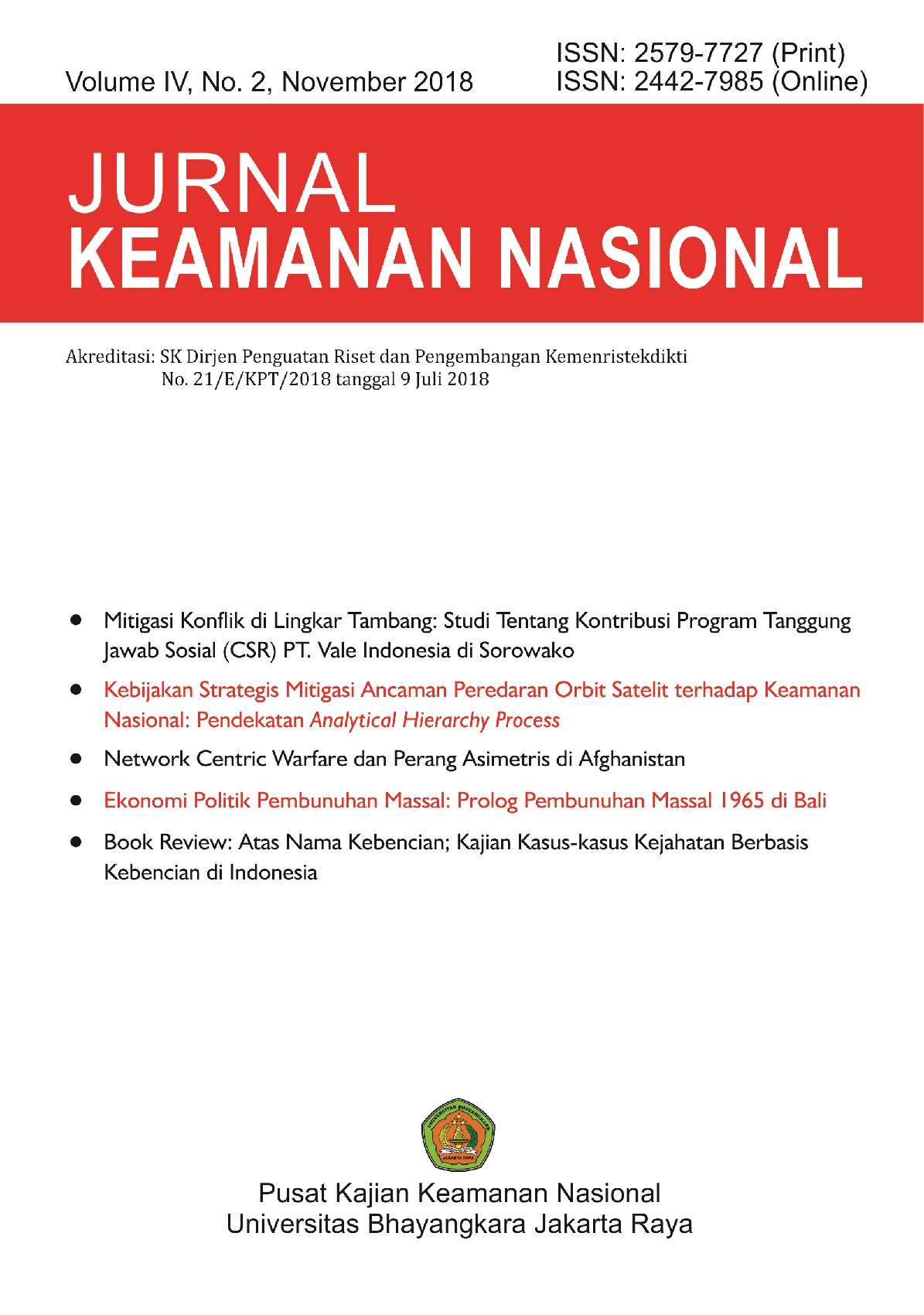
Downloads
Published
Issue
Section
License
Please read and understand the copyright terms for submissions to this journal.
Copyright Notice
The Jurnal Keamanan Nasional is under the Creative Commons Attribution 4.0 International (CC-BY 4.0) License, according to which:
1) Authors retain copyright and grant the journal the right to first publication, with the work simultaneously licensed under the Creative Commons Attribution (CC-BY 4.0) that allows the sharing of articles published with the acknowledgement of authorship and the initial publication in this journal.
2) The authors are authorized to make additional contracts separately for distribution of the version of the work published in this journal (for example, publication in an institutional repository or as a chapter of the book), as long as there is recognition of authorship and initial publication in this journal.
3) Authors are authorized and encouraged to publish and distribute their work online (for example, in institutional repositories or on their personal pages) at any time before or during the editorial process, as it increases the impact and reference of the published work.


